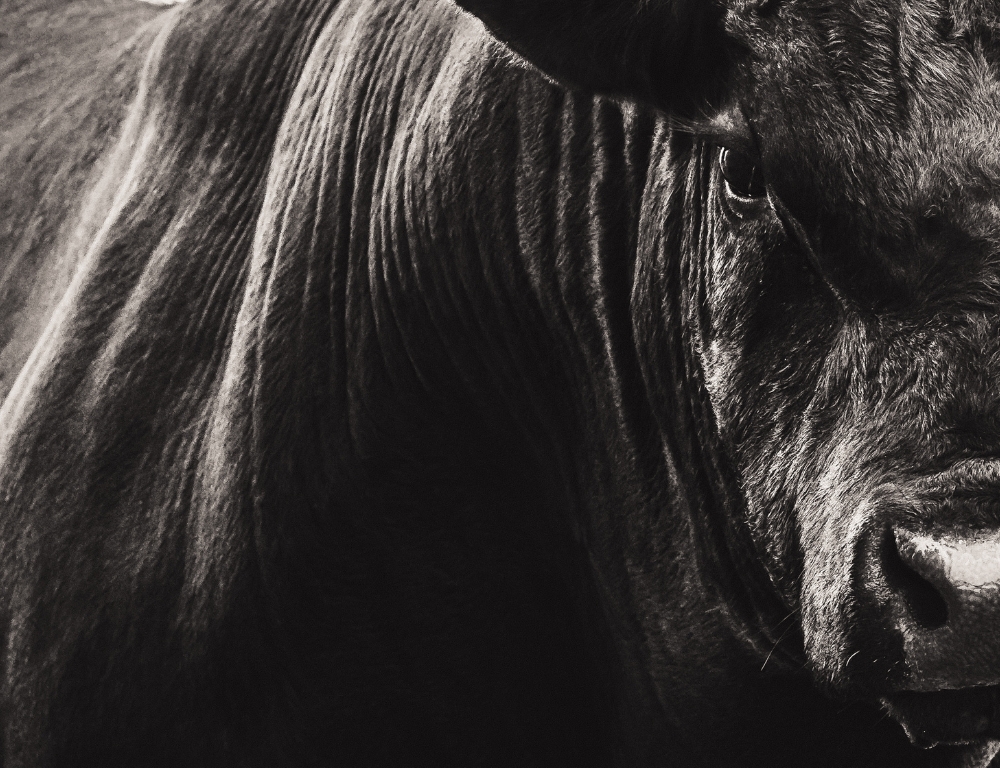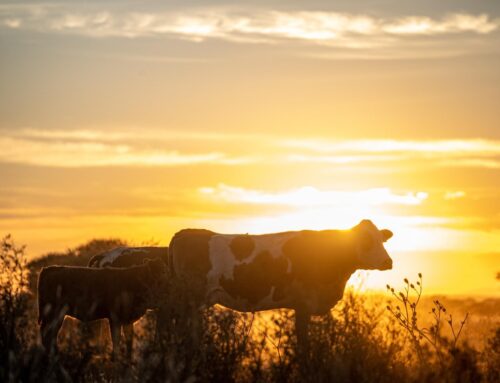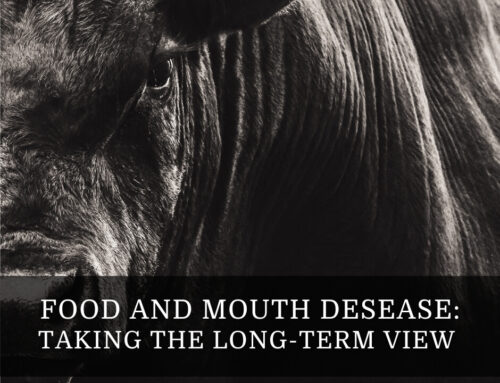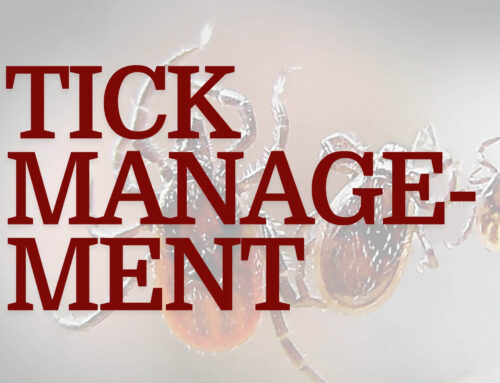January 2025 – As the seasons shift, cattle farmers face an increased risk of health complications for their herds. Footrot, navel ill, and calf diarrhoea are among the most common and impactful diseases affecting cattle during this time of year. If not managed properly, these conditions can lead to serious health problems and significant economic losses.
Thapelo Kgosi Ramokala, known as King, an animal health specialist with Beefmaster Group, stresses the importance of understanding these diseases to catch them early and prevent complications.
“By being proactive, farmers can prevent these diseases and ensure their herds stay healthy and productive throughout the year. Prevention is always better than cure, and it starts with knowing what to watch for and acting quickly,” says King.
Footrot: A Threat in Wet Conditions
Footrot is a painful hoof infection primarily caused by the bacterium Fusobacterium necrophorum, which thrives in damp, muddy environments. While this bacterium is naturally present in the environment, it only leads to infection when cattle are exposed to wet conditions for extended periods, as their hooves become more vulnerable to injury and infection.
“The problem arises when cattle are left standing in wet, muddy areas for too long, making their hooves more susceptible to injury,” explains King. “Environmental conditions are a major factor in the development of footrot.”
Another common cause is the sudden transition from wet conditions to dry ones, which can lead to cracked and chapped skin, increasing the risk of bacterial infection in the hoof.
“Importantly, footrot is not considered contagious,” King adds.
A lack of essential minerals such as zinc, selenium, and copper can also increase cattle’s susceptibility to footrot. King recommends farmers ensure their cattle receive a well-balanced mineral supplement as part of their nutrition plan.
Navel Ill / Joint Ill: A Hidden Danger for Newborn Calves
Navel ill, or joint ill when it spreads to the joints, is a bacterial infection that commonly affects newborn calves. Poor hygiene during calving and inadequate colostrum intake are major risk factors for this condition.
“Newborn calves need to receive three litres of high-quality colostrum within the first six hours of life, preferably within the first two hours,” King stresses. “This colostrum provides essential immunity and helps protect against infections.”
Navel infections may remain localised, but if untreated, they can progress to more severe conditions like septicaemia, which can be fatal. To prevent navel ill, farmers should ensure a clean calving environment and treat the navel promptly after birth.
Calf Diarrhoea: A Leading Cause of Mortality in Newborns
Calf diarrhoea is one of the most prevalent and economically damaging diseases in calves, responsible for 75-85% of all calf illnesses in the first few weeks of life.
“Remember that calves are born without immune protection, making them particularly vulnerable to diseases,” says King.
The primary culprits behind calf diarrhoea are pathogens such as Rotavirus, Coronavirus, Cryptosporidium, and E. coli. These pathogens damage the intestinal lining, preventing the absorption of nutrients and fluids.
“These pathogens compromise the calf’s ability to absorb essential nutrients, leading to dehydration and malnutrition if left untreated,” King explains.
Farmers must maintain strict hygiene in calf-rearing areas to reduce the risk of infection and ensure that their calves have access to clean, safe environments.
Tips for Farmers to Improve Cattle Health
To help mitigate the risks of these diseases, King recommends the following practical measures:
- Manage the environment: Keep calving areas clean and dry. Avoid muddy, wet pastures where bacteria can thrive.
- Ensure proper nutrition: Provide a balanced diet with essential minerals, including zinc, selenium, and copper, to reduce susceptibility to footrot and other diseases.
- Focus on colostrum: Make sure newborn calves receive sufficient high-quality colostrum within the first few hours of life.
- Treat infections early: Be vigilant for signs of footrot, navel infections, or diarrhoea, and act quickly to prevent further complications.
- Work with a veterinarian: Regular check-ups and guidance from a vet can help farmers stay ahead of potential health challenges.
By taking these preventative steps, farmers can protect their cattle and reduce the risk of disease outbreaks, ensuring the health and productivity of their herds throughout the season. For more updates on the SA beef industry, exports, and market trends, stay tuned.






